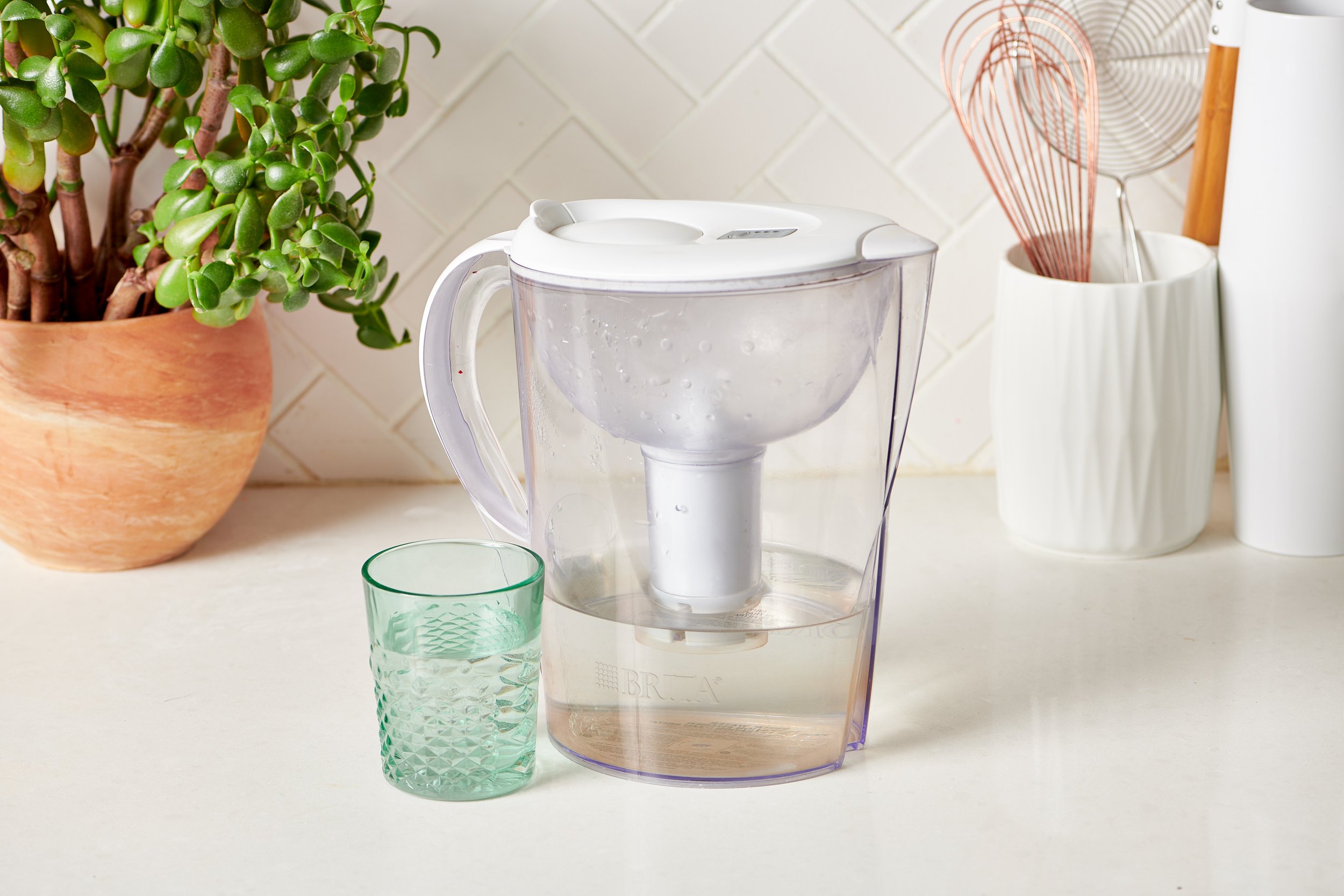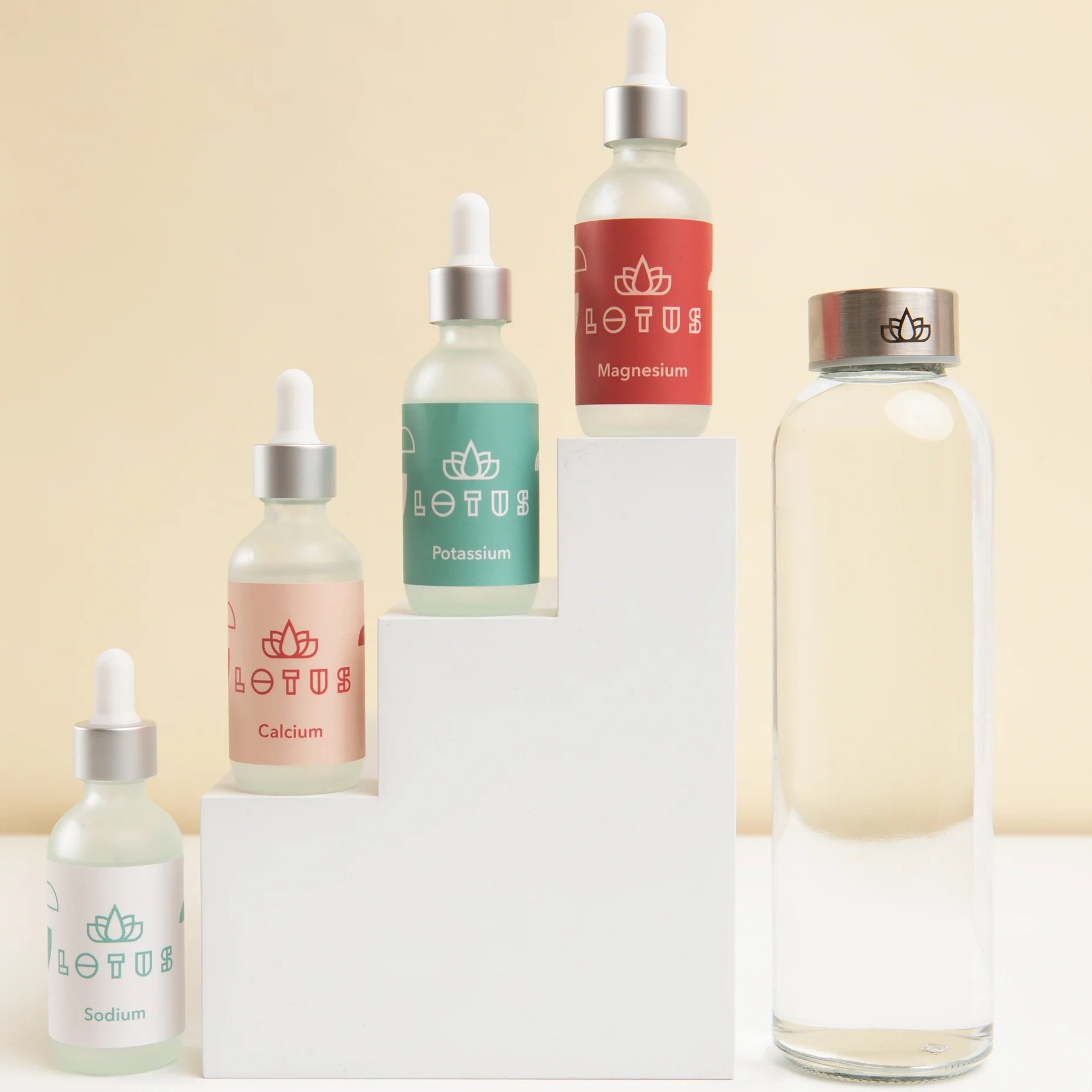How Water Affects Your Coffee Brew
This is a real can of worms…
Let’s start with some basics. The water that you use to brew your coffee makes a big difference in what the coffee ends up tasting like. There has been some amazing work done by several experts in the field including Jonathan Gagné (Coffee Ad Astra blog), Alex Levitt (A Waste of Coffee blog), Matt Perger (Barista Hustle blog), Scott Rao (blog) and of course, Maxwell Colonna Dashwood & Christopher Hendon (the original Water for Coffee book). We highly recommend reading through as many of these as you can if you want a very thorough understanding of water for coffee.
A very brief summary: water that does not have enough general hardness (calcium/magnesium or “GH”) will lack sweetness, structure, and origin character. In other words, it will be empty and underwhelming. Water that has too much GH will be harsh, heavy, and bitter. Water that does not have enough bicarbonate/buffer/alkalinity/”KH” will be sour. Water that has too much alkalinity will be chalky and flat.
One big thing that is often missed in these discussions is that DIFFERENT COFFEES TASTE BETTER WITH DIFFERENT WATERS. There is no “Best Water For Brewing Coffee.” It simply does not exist.
What we’d like to do is focus on how to apply all this knowledge. What should you do if you don’t really know what to do with all of this information about water and you’d just like to brew a really nice pour over at home with as little work as possible?
Here are some options on what to do:
Option 1: Get a Brita Pitcher or Similar.
This will filter out all kinds of sediment, chlorine, etc, and most Brita models actually soften the water a little bit too. Put your tap water through the Brita and then brew some coffee. If this tastes great, great! You’re done! Here in Philadelphia, this does indeed work great. The commercial filtration systems we use at the roastery and cafes are essentially just much larger versions of this same kind of filtration. No reverse osmosis, no remineralisation. If this doesn’t taste great, or if you aren’t sure if this is great, check out option 2.
Option 2: Try Out The Least Complicated Way Of Building Your Own Water
Purchase some Third Wave Water (TWW) packets (Light Roast/Classic Profile) and put one packet into one gallon of distilled water. This will give you approximately 55 ppm calcium (expressed as CaCO3 - all of the measurements in this post will follow this convention), 75 ppm magnesium, and 40 ppm alkalinity; or simply 130 ppm GH, 40 ppm KH. We’ll ignore the very small amount of sodium in here for now. This should give you coffee that tastes pretty good. If it doesn’t, then your brew recipe/technique or the coffee that you are using may be the issue. But the key thing here is to compare this to the Brita coffee. If the Brita coffee tasted better, just stop there (unless you want to nerd out for the sake of nerding out). It is extremely unlikely that you will get your coffee to taste noticeably better by truly building your own customer water. But, if this water makes coffee that tastes significantly better than the Brita coffee, you have pretty bad tap water and you may want to keep experimenting.
Option 3: Try out Lotus Water Drops
Lotus Water Drops are super cool as they let you easily adjust your calcium (via calcium chloride), magnesium (via magnesium chloride), and bicarbonate (via sodium bicarb and potassium bicarb) individually:
Every 5 drops CaCl2 you add to 1 gallon distilled water increases the GH by 6 ppm.
Every 5 drops MgCl2 you add to 1 gallon distilled water increases the GH by 6 ppm.
Every 5 drops NaHCO3 you add to 1 gallon distilled water increases the alkalinity by 3 ppm.
Every 5 drops KHCO3 you add to 1 gallon distilled water increases the alkalinity by 3 ppm.
You could make up some brew water to your desired profile - starting with a ratio of somewhere between 2:1 and 3:1 GH:alkalinity is a good bet as most common water recipes are in this range. You can see above that TWW has a GH:alkalinity ratio of 3.25:1 which is a little higher than most recipes call for, but not by much. So a good first custom water could be 48 ppm calcium chloride (40 drops), 48 ppm magnesium chloride (40 drops), 24 ppm sodium bicarb (40 drops), and 24 ppm potassium bicarb (40 drops), for a total GH of 96 ppm and alkalinity of 48 ppm, and a GH:alkalinity ratio of 2:1. Then, you’d brew some coffee, see how it tastes, and then you could make a new batch of water with a little less alkalinity if it was a bit too flat for your liking, or whatever other adjustment you’d like to make.
But the really interesting thing is a relatively new hypothesis that the magnesium and calcium in particular don’t actually need to be in the brew water (the Water for Coffee book has a huge section with theory on how the large ions help extract the desirable flavor compounds from the coffee) - you can add them to already brewed coffee (brewed with distilled water) and that gives the same results flavor-wise as if you had brewed with the coffee with distilled water plus the minerals. The theory with the bicarbonate/alkalinity hasn’t changed as it has always been hypothesized that it buffers the acidity of the coffee - this is a very common, well-known chemical phenomenon.
So, instead of making a water, then making some coffee with it, then adjusting your water and making more coffee, forever and ever, trying to dial in your water, you can just brew a relatively large amount of coffee (900 mL will give you 4 separate cups to taste with this method) with distilled water, stir well then split it up into 225 mL increments, and add different combinations of drops to each of the 4 cups. Each drop of CaCl2 and MgCl2 will add 20 ppm GH and each drop of NaHCO3 and KHCO3 will add 10 ppm alkalinity. Then stir and taste (blindly so that you aren’t biased, if you have a friend to help).
This general method is also doable using various other ways of purchasing your own minerals and building your own concentrates to add to distilled water for brewing. These methods are described in detail in the links at the top of this post. We have opted to focus on TWW packets and Lotus Water Drops simply because they require slightly less work. The exact same kinds of results are achievable by building your own concentrates - the tradeoff is that that takes more time but less money!
Let us know if you try out building your own water, and if you do, what your preferred water recipe is!



